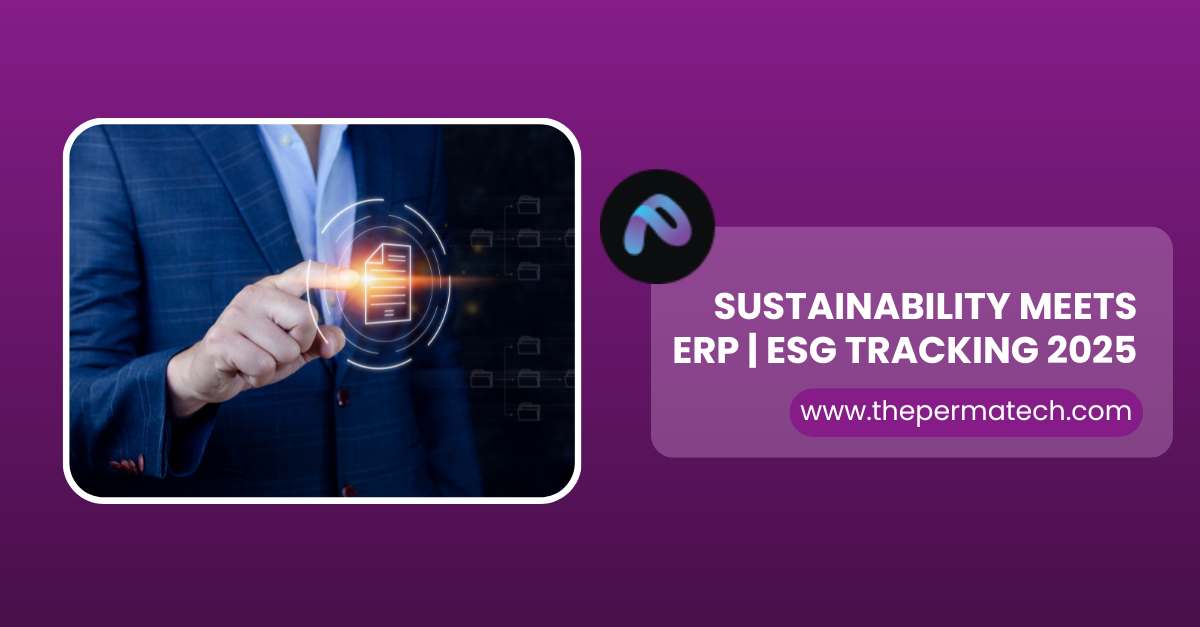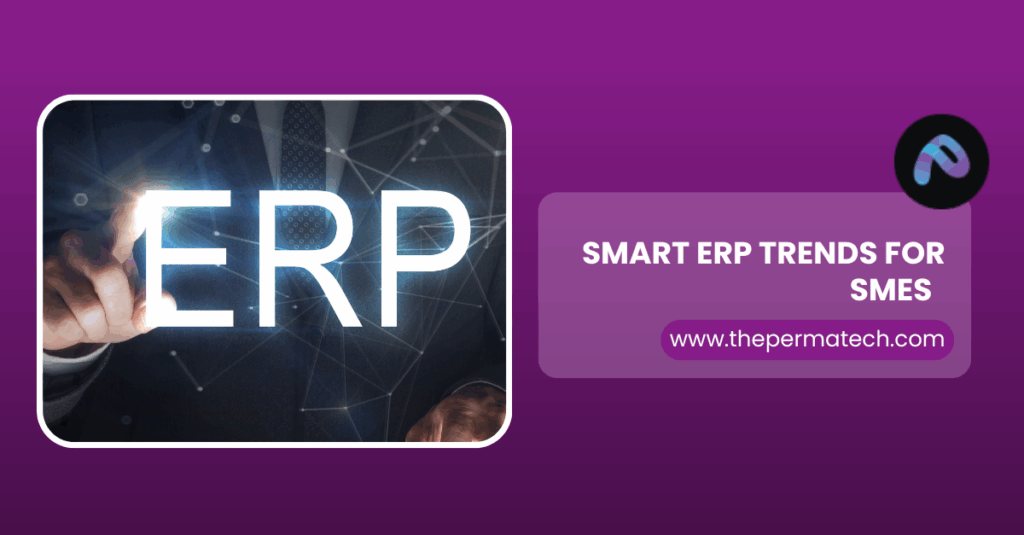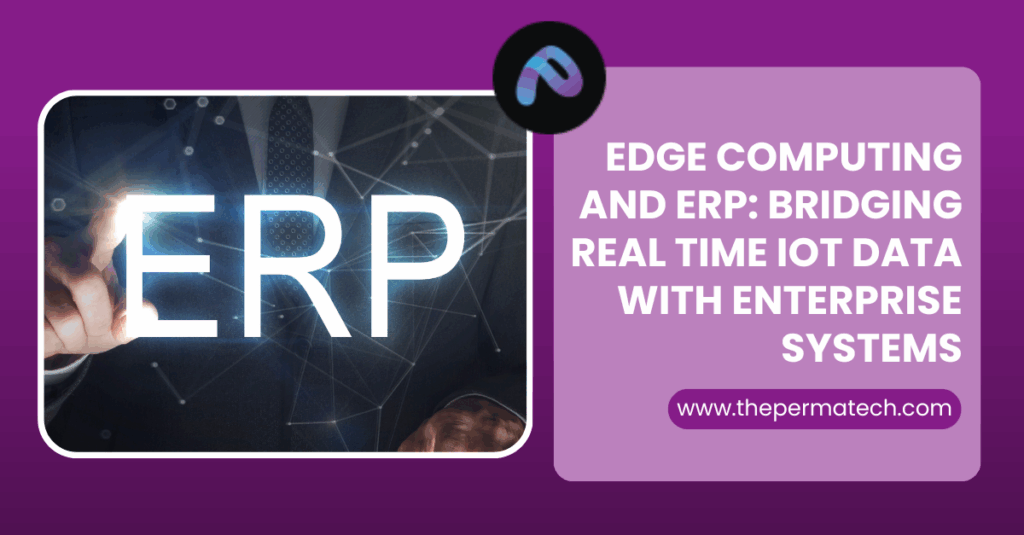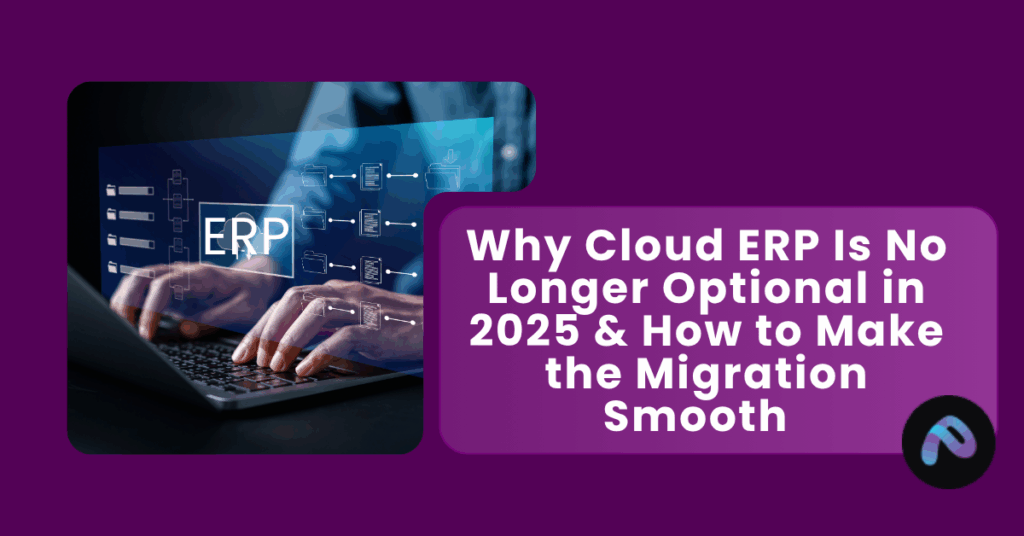Sustainability has transcended the realm of CSR (Corporate Social Responsibility) and entered the strategic core of enterprise operations. As environmental, social, and governance (ESG) reporting becomes mandatory across industries, businesses are looking to Enterprise Resource Planning (ERP) platforms to manage and measure sustainability performance.
ERP systems like SAP S/4HANA, Oracle NetSuite, Microsoft Dynamics 365 and Infor CloudSuite are now embedding ESG modules automating data collection, tracking carbon emissions, managing supplier compliance and aligning with frameworks like GRI, CDP and CSRD.
1. Why ESG Metrics Matter in ERP
ESG tracking is no longer optional. Regulations such as the EU Corporate Sustainability Reporting Directive (CSRD) and SEC’s proposed climate disclosure rules (2025) have made sustainability reporting a compliance requirement.
Enterprises face three major ESG challenges:
- Data Fragmentation: ESG data is scattered across departments.
- Manual Reporting: Traditional spreadsheets lead to errors.
- Lack of Transparency: Stakeholders demand verifiable, real-time data.
Integrating ESG into ERP systems centralizes this information allowing organizations to audit, benchmark, and improve sustainability performance within their existing business infrastructure.
2. ESG Enabled ERP: A 2025 Landscape Overview
The table below highlights how leading ERP vendors are embedding sustainability tracking features:
| ERP Vendor | ESG Capabilities (2025) | Adoption Rate | Notable Integration |
| SAP S/4HANA | Carbon accounting, waste tracking, supplier risk | 72% of EU enterprises | SAP Sustainability Control Tower |
| Oracle NetSuite | Energy consumption dashboards, ESG financial reporting | 61% in North America | Oracle Fusion Cloud ESG module |
| Microsoft D365 | ESG compliance automation, water & energy intensity metrics | 54% globally | Power BI ESG Connector |
| Infor CloudSuite | Supply chain traceability, ethical sourcing analytics | 49% in manufacturing | Infor ESG Impact Monitor |
(Data Source: IDC Global Sustainability Tech Spending Report, 2025)
3. ESG Data Points Commonly Tracked in ERP
Modern ERP systems now track sustainability metrics across three major pillars:
Environmental (E)
- Carbon footprint (Scope 1, 2, and 3 emissions)
- Energy and water consumption
- Waste management and recycling rates
Social (S)
- Workforce diversity ratios
- Health and safety incident tracking
- Community investment impact
Governance (G)
- Ethical sourcing and anti-corruption audits
- Board diversity statistics
- Compliance with regulatory standards
By linking operational data (from procurement, HR, logistics) to ESG dashboards, enterprises can make data-driven sustainability decisions.
4. Analytical Insights: How ERP Improves ESG Performance
According to Gartner’s Sustainability Market Survey (2025):
- Companies using integrated ERP-ESG systems saw a 28% reduction in reporting time.
- Carbon intensity dropped 14% on average when emissions data was tied to procurement and logistics modules.
- Organizations using AI powered ERP tools (like SAP Green Ledger) experienced 20–25% higher ESG audit accuracy.
Example:
A global FMCG company using Microsoft Dynamics 365 linked its warehouse energy data with its supply chain ERP. This integration identified inefficient routes, cutting annual emissions by 4,200 tons of CO₂, equivalent to planting 70,000 trees.
5. AI, IoT and Predictive ESG
The next evolution of ESG driven ERP involves AI and IoT sensors. Smart factories now feed real-time data on:
- Energy use per production unit
- Waste discharge and water recycling
- Machine level emissions
ERP systems process this IoT data to predict sustainability risks, helping companies proactively manage carbon budgets or supplier ESG non compliance.
6. ESG and Financial Correlation
According to Deloitte 2025 Global ESG Report:
- Companies integrating ESG within ERP report an average 9% improvement in EBITDA margins.
- Sustainable procurement initiatives saved $18M annually for Fortune 500 manufacturers.
- Investors increasingly use ERP derived ESG data to assess enterprise value.
Key takeaway:
ESG metrics are no longer “non-financial” they are operational performance indicators with direct financial outcomes.
7. Implementation Roadmap for ESG Ready ERP
| Step | Objective | Technology Involved |
| 1. ESG Baseline Mapping | Identify current sustainability KPIs | Data migration tools |
| 2. Integration | Link supply chain, HR, and finance modules | API connectors, middleware |
| 3. Automation | Replace manual ESG data entry | RPA / AI-assisted workflows |
| 4. Visualization | ESG dashboards & reporting | Power BI, Tableau, SAP Analytics Cloud |
| 5. Continuous Improvement | Predictive modeling & audits | ML algorithms, IoT feeds |
8. The Future: ESG as a Competitive Edge
By 2027, ERP vendors are expected to introduce real time ESG forecasting, allowing executives to simulate the sustainability impact of any decision from supplier selection to logistics routes. Companies that invest in ESG ready ERP now will outperform peers by up to 30% in brand trust and investor appeal (Accenture 2025).
Conclusion
Sustainability and enterprise systems are no longer parallel tracks they are deeply intertwined. Integrating ESG metrics within ERP not only ensures compliance but also transforms sustainability into a strategic performance driver.
With global ESG reporting frameworks tightening, businesses that adopt data centric, transparent ERP systems will lead in both profitability and purpose.





